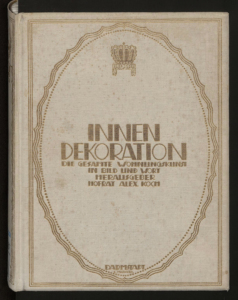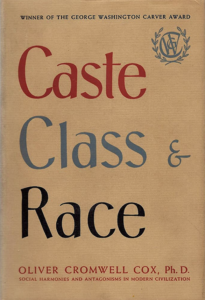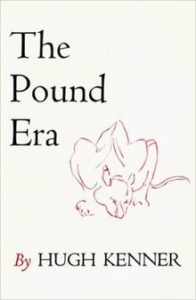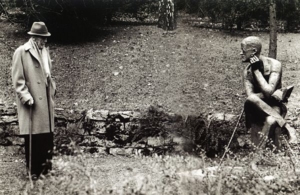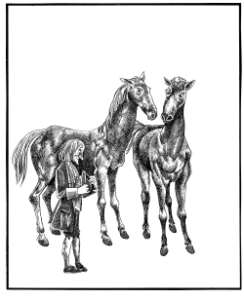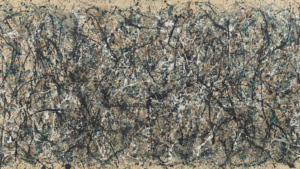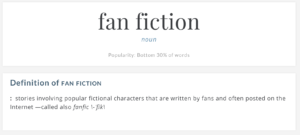
Asian Influences and the Rise of Southern California Modernism
The question I want to pose in this essay involves the specific role that this amalgam of Asian influences and modernist ideas had in forming the distinctive language of progressive California design. A definitive answer or even a topographic list is not possible here; that would require a far more extensive study—a book, really. Instead, I want to suggest a few corridors of seeing and understanding in the form of three short case studies.

